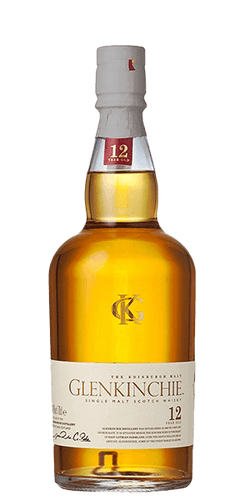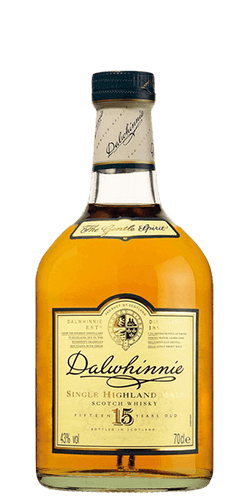So many single malts and so little time.
We find Scotch Whisky to be something special, so we just had to make another tribute to these single malts. We made ourselves unavailable to the world and experimented for days in our lab-o-ratory to come out with this killer combination of malts and no hangover.
Sometimes people find Whisky complicated, but it just needs to be explained in the right way. So we used “The Single Malt Whisky Flavour Map”, a chart, actually, that helps you discover new Whiskies based on taste. The chart was developed by an independent Whisky expert Dave Broom, and it demonstrates that - when it comes to flavour profiles - all single malts can be plotted on a simple grid.
It’s a great way to compare and classify single malts. This means you can identify how light or rich, and how smoky or delicate a Whisky is compared to ones you may already be familiar with.
Now, put these 3 Scottish delights on your flavour map and immerse yourself in the combination of light-rich and delicate-smoky delicacy.
Tasting is Believing!
Sláinte!
SmartAss Corner
Using the Flavour Map / Chart
This simple matrix allows us aficionados to easily explore and understand product differences between various labels. A person who likes light and delicate flavours can try the Glenkinchie, others can go with something quite the opposite like the Talisker, that’s more smoky, rich and full-bodied.
On the vertical axis Whiskies are plotted as how smoky or how delicate they are:
1) Delicate: Floral, herbal, grassy freshness <-> Nutty, barley, biscuity subtleness
The Whiskies at this end of the axis normally use no peat in the malting process. While movement up the axis sees an increase in complexity, this is without any discernible level of smokiness derived by peat. Towards the light end there is a floral, grassy freshness. Moving towards the richer side of the map, subtle nutty, barley and biscuity flavours start to come through.
2) Smoky: Medicinal, dry smoke pepperiness <-> Pungent smoky, peaty richness
Single malts found in the two smoky quadrants all contain discernible levels of peat, which is burned in the malting process. Ranging from scented smoke and bonfires, to kippers and lapsang souchong, they're epitomized by Island malts such as Talisker.
.jpg)
On the horizontal axis Whiskies are plotted as how light or how rich they are:
3) Light: Fresh fruit, citrus crispness <-> Leafy, stewed fruit ripeness
This end of the vertical axis houses Whiskies whose characteristics exhibit fresh flavours: green grass, soft fruits, cereal. Such flavours tend to reflect the processes followed by a distillery, such as fermentation or size and shape of the stills.
4) Rich: Dried fruit, sherry richness <-> Spiced, woody complexity
Whiskies at the rich end of the axis contain characteristics often derived from the nature of the wood used during maturation. Typical flavours range from vanilla (given by American oak casks) to nuttiness to cigar box, chocolate and dried fruit (from European oak casks). Whether a cask is first fill or refill will make a difference to flavour.
The Flavour Map has been prepared and endorsed by an independent Whisky expert, Dave Broom, together with Diageo Scotland Limited. In addition to the names of individual distilleries listed on the Flavour Map, the Classic Malts words, the Quaich device, the Flavour Map device and associated logos are trademarks.


 Only left •Last few at this price. Grab it now!
Only left •Last few at this price. Grab it now!
.jpg)




























